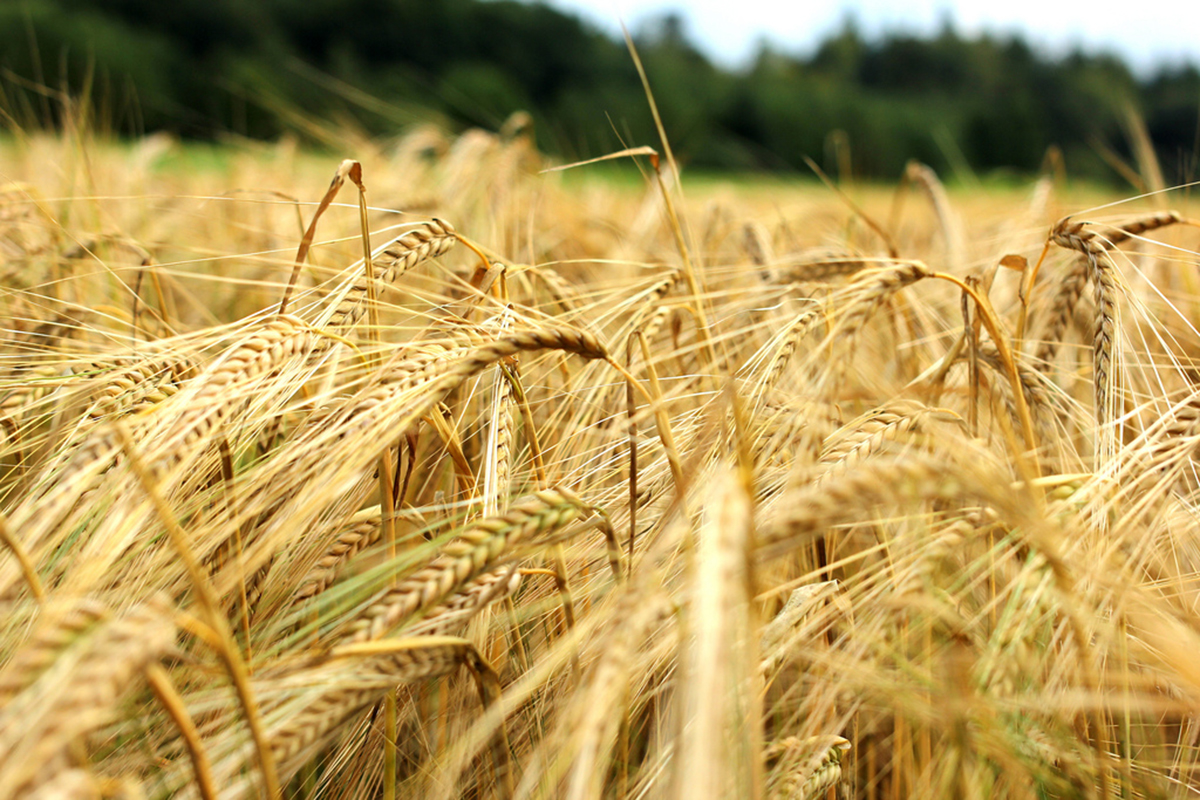Table of Contents
Celiac Disease is an autoimmune disorder which causes an adverse reaction to gluten (a composite protein found in wheat, barley and rye). Gluten is found in anything that includes these grains, including: cakes, most types of bread, pasta, breakfast cereals, and even sauces and ready-meals. In other words, it can be tough to be a celiac.
It's not an uncommon condition, either, with one in one-hundred people thought to suffer with the disorder (although this may be an underestimate, as many cases of Celiac Disease are misdiagnosed as Irritable Bowel Syndrome). There is no cure for Celiac Disease, which is treatable only with a strict, lifelong gluten-free diet.

Did you know that between sixty and seventy percent of celiacs are women?
It's true.
Note: Symptoms Vary
Not every Celiac Disease sufferer will have every symptom. Adult celiacs often have milder gastrointestinal symptoms. Some may not have gastrointestinal symptoms at all.
Part of the reason for this lies in the bowel. Over time, consumption of gluten in the gluten-sensitive individual leads to clogging to the villi (the finger-like growths that line the healthy intestine), preventing the digestion of nutrients. Over time, malabsorption and malnutrition may cause many of the symptoms outlined here. In the early days of the disease, the villi are not clogged, meaning that nutrients can still be digested and symptoms may be less severe.
What Celiac Symptoms Can Everyone Experience?
Gastrointestinal symptoms: Many Celiacs suffer gastrointestinal symptoms, particularly as the disease progresses. These symptoms (which include diarrhea, bloating, fatty stools and foul-smelling flatulence) are largely due to malabsorption. When you have Celiac Disease, the villi become clogged, preventing the absoption of nutrients. The fats you consume remain trapped in your intestine, and are broken down into fatty acids. Fatty acids promote the secretion of water, which causes the diarrhea.
Weight loss: At one time, weight loss was thought to always occur with Celiac Disease, due to the malabsorption of nutrients. We now know, however, that Celiac Disease sufferers often consume huge quantities of food to compensate for the nutrients they're lacking, which may mean they remain the same weight or even gain some weight.
Bruising: The malabsoption of vitamin K leads to bruising and excessive bleeding, as the ability to clot is reduced. If you notice that you seem to be bruising after a mild knock, or taking longer to heal after a cut, talk to your doctor.
Osteoporosis: The malabsorption of Calcium and vitamin D can make you susceptible to fragile bones and breakages.
Anemia: The malabsorption of iron, vitamin B12 and folate can cause anemia, leading to breathlessness, tingling extremities (fingers and toes), fatigue, heart palpitations, and confusion.
Muscle weakness: Due to the malabsorption of magnesium and potassium, untreated celiacs frequently suffer with muscle weakness, muscle cramps, and a tingling sensation in the limbs.
READ Celiac Disease Vs. Non-Celiac Gluten Sensitivity
So, there we have the symptoms that everyone can suffer. But what symptoms are specific to women?
- celiac.nih.gov/ReproductiveProblems.aspx
- www.celiaccentral.org/education/Women-s-Health/Symptoms-in-Women/454
- contemporaryobgyn.modernmedicine.com/contemporary-obgyn/news/tags/celiac-disease/reproductive-effects-celiac-disease?page=full
- http://www.nhs.uk/Conditions/Coeliac-disease/Pages/Complications.aspx
- Warren, R., & Greenblatt, E. (2010). Celiac disease and fertility. In M. Dennis & D. Leffler (Ed.), Real life with celiac disease: Troubleshooting and thriving gluten free (331-335). Bethesda, MD: AGA Press
- www.webmd.boots.com/digestive-disorders/coeliac-disease-symptoms
- www.webmd.com/digestive-disorders/celiac-disease/celiac-disease-symptoms
- Photo courtesy of manoftaste via Flickr: www.flickr.com/photos/manoftaste-de/9486792122
- Photo courtesy of WarmSleepy via Flickr: www.flickr.com/photos/timothykrause/6051846102


Your thoughts on this